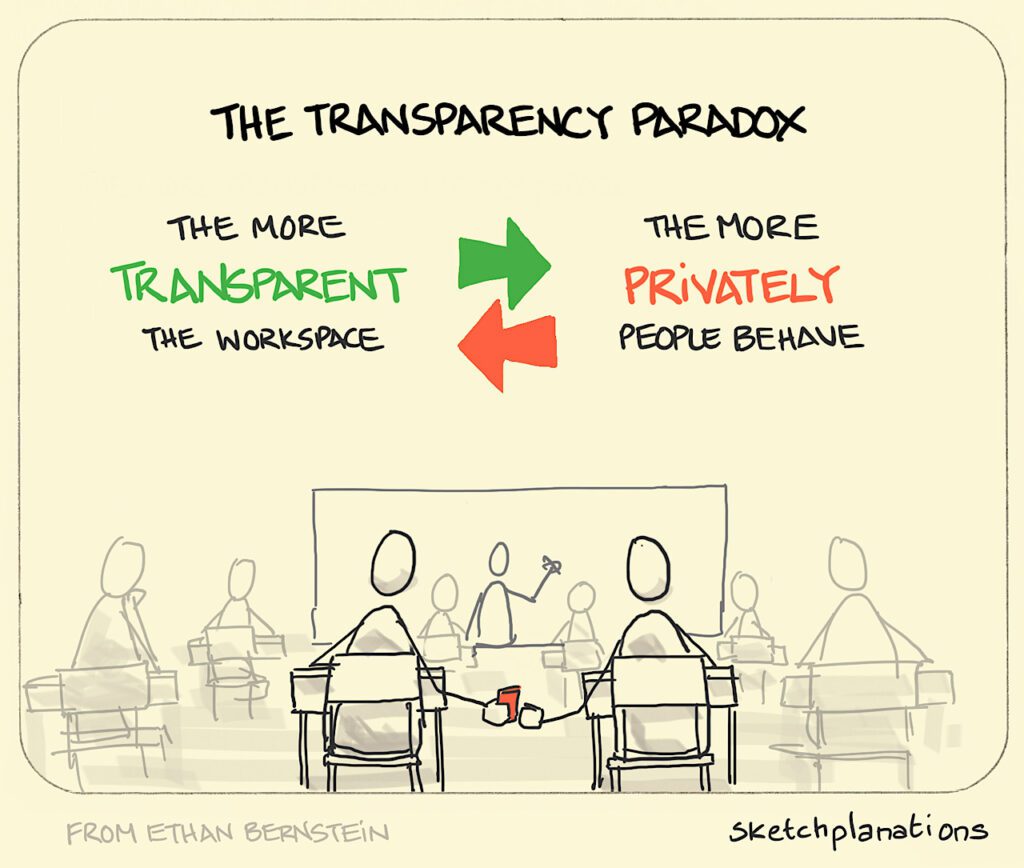Introduction
Crisis management isn’t just about damage control, it’s about leadership, ethical accountability and effective communication. When organizations face scandals, how they respond can either restore trust or deepen public distrust. Let’s explore four high-profile cases demonstrating the importance of strategic crisis management, ethical transparency and stakeholder relations.
Navigating Controversy with Transparency
Effective crisis communication requires timely, honest and clear messaging. Organizations must confront the issue head-on, outline corrective actions and maintain consistent communication to manage public perception.
Case Insights:
- NFL Concussion Controversy: The NFL faced scrutiny over its handling of concussion-related research and player safety. Initially downplaying the severity of the issue, the league’s delayed and inconsistent messaging worsened public distrust. “Concussion: A Yellow Flag on the NFL” (n.d.) showcases that “The NFL reached a tentative $765 million settlement over concussion-related brain injuries among its 18,000 retired players, agreeing to compensate victims, pay for medical exams, and underwrite research” (Concussion: A Yellow Flag, n.d., 397). A more transparent approach, including earlier acknowledgment and clear communication about player safety reforms, could have helped manage the crisis.
- Catholic Church in New Hampshire: The Catholic Church’s handling of child molestation allegations highlighted communication challenges. Attempts to maintain privacy and protect the institution’s reputation led to accusations of cover-ups. “Trouble in the Pews: The Catholic Church and Child Molestation” (n.d.) states, “The Church covered it up, reassigned the priest, and ignored the victims” (Trouble in the Pews, n.d., p. 296). Transparent communication and proactive engagement with affected communities would have been more effective in rebuilding trust.

Image by Sketchplanations. Free to use.
Ethical Accountability: Owning Mistakes and Implementing Change
When ethical failures occur, accountability and transparency are crucial. Organizations must acknowledge wrongdoing, take responsibility and implement meaningful changes to prevent future incidents.
Case Insights:
- Penn State Child Abuse Scandal: Penn State faced severe backlash for its delayed response to child abuse allegations against assistant football coach Jerry Sandusky. Leadership changes, including the removal of the university president and head coach, demonstrated accountability. “Penn State Fumbles: Child Abuser Operates Undetected in Happy Valley” (n.d.), shows that, “Our decisions were guided by our obligations as Trustees, always, to put the interests of the University first” (Penn State Fumbles, n.d., p. 414). However, earlier acknowledgement of ethical failures and transparent communication could have mitigated reputational damage.
- Rebuilding Ground Zero: The rebuilding of Ground Zero after 9/11 presented ethical challenges, including debates over memorialization, commercial interests and community needs. Ethical transparency in decision-making processes was crucial to honor victims while addressing stakeholder concerns. Karolak & Mancino (n.d.) write, “Conflicts emerge as organizations and stakeholders work to protect particular goods…These goods are shaped by understandings of what matters (Coombs, 2010–what positions, rights, or interests contribute to a particular stakeholder’s well-being” (Karolak & Mancino, n.d., p. 35). Balancing conflicting interests required clear communication and inclusive stakeholder engagement.
Stakeholder Relations: Balancing Conflicting Interests
Navigating complex relationships with stakeholders, including victims, employees, the public, legal entities and the media, is critical during a crisis. Organizations must balance conflicting interests while maintaining transparency and integrity.
Challenge Examples:
- NFL Concussion Controversy: The NFL had to balance the interests of players, fans, medical experts and legal entities. Its initial resistance to acknowledging the long-term effects of concussions created conflicts with players and medical professionals. Proactive stakeholder engagement could have eased tensions and built trust.
- Ground Zero Rebuilding: The rebuilding of Ground Zero involved balancing the interests of victims’ families, New York City residents, commercial developers and political leaders. Transparent communication and inclusive decision-making were essential to navigate these conflicting interests and honor the site’s historical significance. Geiger (2024) quotes from Larry Silverstein saying, “There was such controversy surrounding what should we do? How should we do it? Who should be responsible for it?” (Geiger, 2024). His words reflect the need for transparent communication and inclusive decision-making to navigate these conflicting interests and honor the significance of Ground Zero.
Reputation Management: Rebuilding Trust and Shaping Public Perception
In the face of scandal, organizations must strategically manage their reputation to regain public trust. This involves consistent messaging, demonstrating accountability and implementing reforms that reflect a genuine commitment to change.
PR Strategies:
- Penn State: Following the child abuse scandal, Penn State implemented policy changes, including stricter reporting requirements and ethical training programs. Transparent communication about these reforms was crucial in regaining stakeholder trust.
- Catholic Church in New Hampshire: The Church faced reputation damage and public outrage. Implementing transparent policies, offering support to victims and acknowledging failures were necessary steps for restoring credibility. According to Boston Globe (n.d.), it shows that, “Geoghan’s favorable treatment by church officials is outlined in thousands of pages of church documents and transcripts of depositions of church officials… The archdiocese acted irresponsibly in its handling of Geoghan” (Boston Globe / Spotlight / Abuse in the Catholic Church / the Geoghan Case, n.d.).
Strategic Messaging: Shaping Narratives and Managing Backlash
Strategic narratives are essential for organizations to shape public perception during a crisis. Effective messaging must balance transparency, empathy and accountability to maintain credibility.
Example Insights:
- NFL: The NFL’s initial defensive messaging was perceived as evasive, damaging its credibility. A more effective strategy would have been a strategic narrative acknowledging player safety concerns and outlining specific reforms.
- Ground Zero: Strategic messaging was crucial in navigating public debates over commercial development versus memorialization. Transparent communication about design decisions and stakeholder involvement helped manage public perception and honor the site’s historical importance.
Ethical Leadership and Transparent Communication
A common thread across these cases is the critical importance of ethical leadership and transparent communication. When organizations prioritize reputation or financial interests over ethics, they risk escalating the crisis. Proactively addressing ethical failures, maintaining transparent communication and implementing systemic reforms are essential for effective management. The takeaway is that ethical leadership isn’t just about damage control, it’s about building a culture of accountability and transparency that prevents crises from escalating.
Conclusion
The lessons from these cases extend beyond sports, education, religion and urban development. They offer valuable insights for any organization facing ethical dilemmas or crises. By learning from these examples, leaders can enhance their crisis management strategies, build stronger reputations and foster a culture of ethical accountability. In a world where public scrutiny is more intense than ever, mastering the art of crisis management isn’t just a skill, it’s a necessity.
References
Boston Globe / Spotlight / Abuse in the Catholic Church / The Geoghan case. (n.d.). https://cache.boston.com/globe/spotlight/abuse/stories/012402_documents.htm
Concussion: A Yellow Flag on the NFL (n.d.). 383-402.
Geiger, D. (2024, August 29). Property mogul Larry Silverstein looks back on the arduous rebuilding of Ground Zero. Business Insider. https://www.businessinsider.com/larry-silverstein-developer-book-9-11-world-trade-center-2024-8?utm_source
Karolak H. & Mancino S. (n.d.) The September 11 Memorial. 35-41.
Penn State Fumbles: Child Abuser Operates Undetected in Happy Valley (n.d.). 403-423.
Trouble in the Pews: The Catholic Church and Child Molestation (n.d.). 294-300.
Keywords: Crisis Communication, Ethical Accountability, NFL, Public Relations Scandals, Reputation Management

